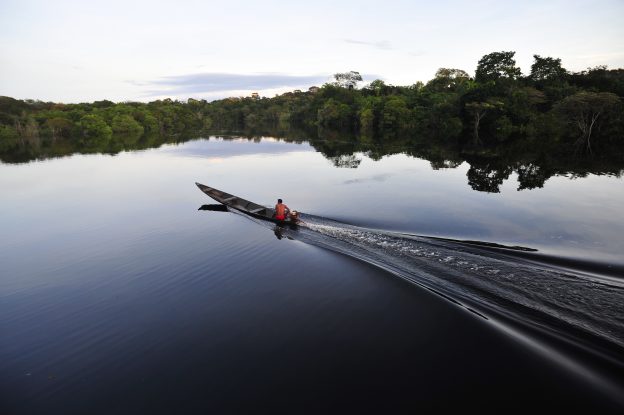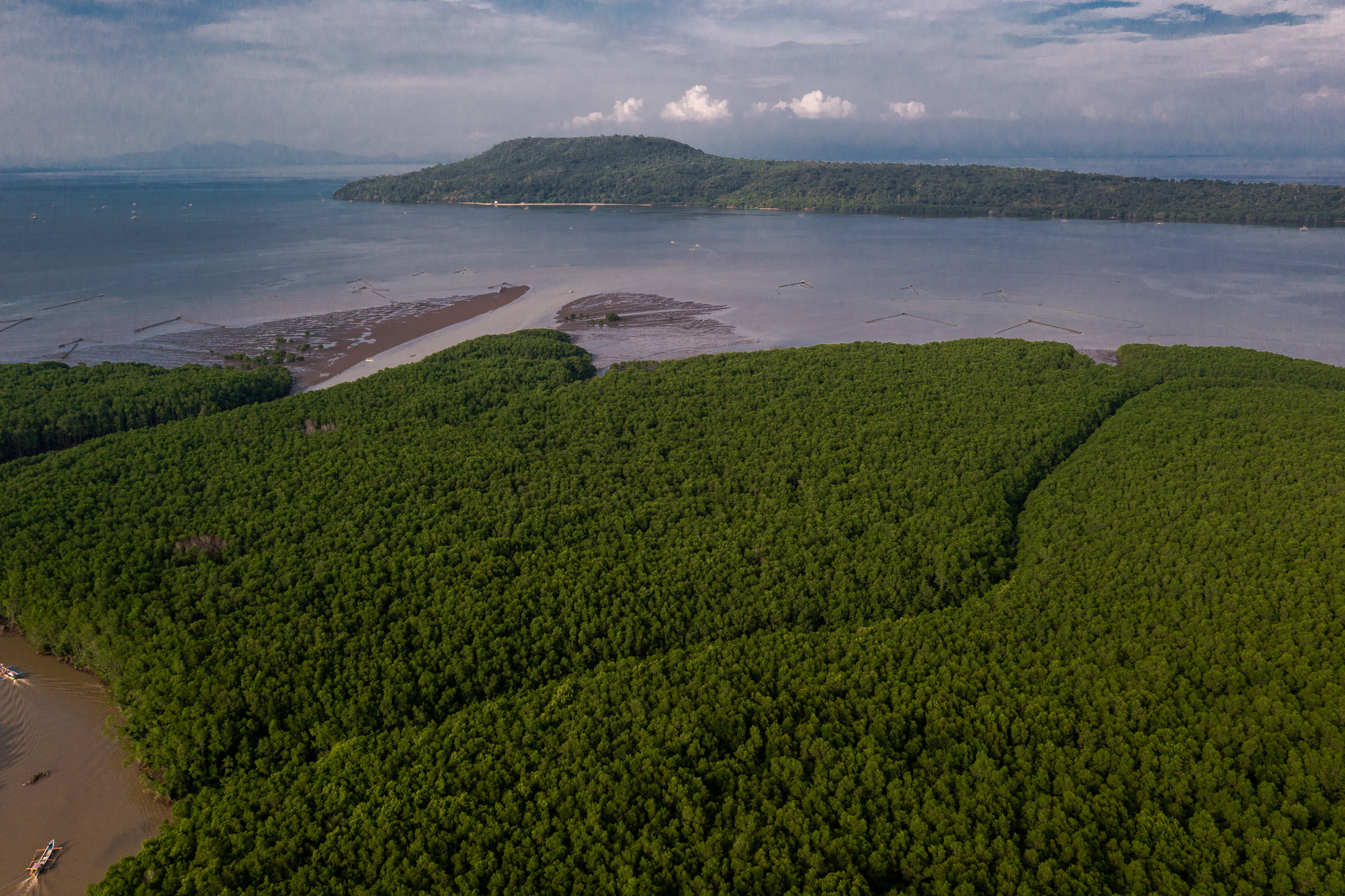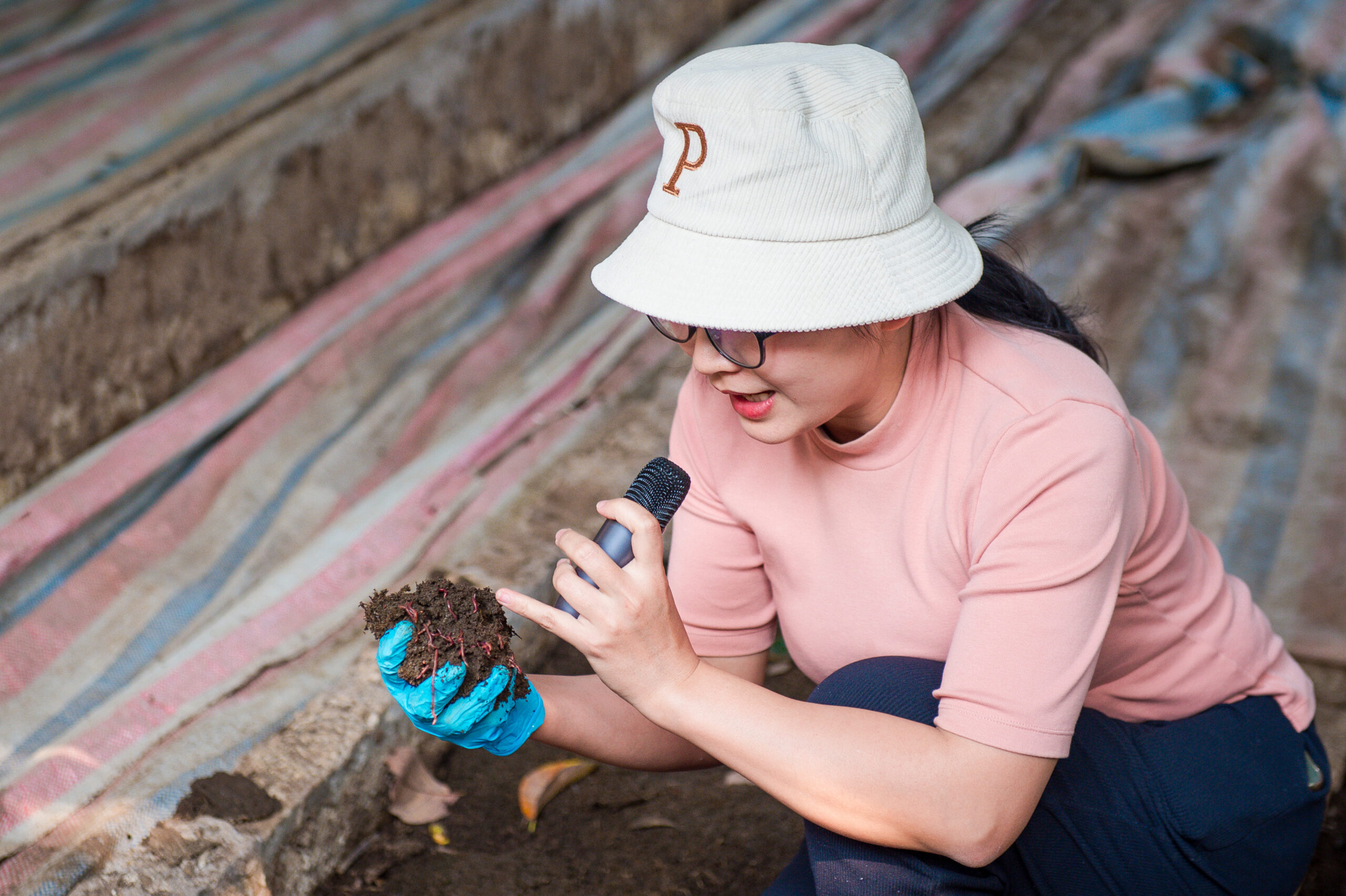When late rains, sudden floods and unexpected dry spells after sowing threatened her groundnut harvest – and with it her family’s food security – Gonli Laabe Mariama turned to a new initiative offering practical strategies for adapting to climate change.
The Innovation for Adaptation to Climate Change (INNOVACC) project, working in Mariama’s village in northern Cameroon, provided a suite of tools ranging from improved short-cycle seeds to weather information services and from better market access to small-scale credit. Beyond these hands-on measures, the project also strengthens governance, improves coordination of resources and increases local participation in designing and implementing climate policies.
“INNOVACC has changed my life,” said Mariama, who lives in Pintchoumba, a community hit by prolonged dry spells, irregular rainfall and extreme heat.
“The effects of climate change – especially when rains suddenly stop – often reduced my harvests. Once the soil hardens, harvesting becomes very difficult,” she explained. Mariama processes groundnuts into oil, keeping some for her family and selling the rest at markets in Pintchoumba and Gouna after the September harvest.
Thanks to the project, she now uses improved short-cycle varieties of groundnut, maize and soybeans. She also became president of the Cooperative for Women Processing Groundnuts into Oil in Pintchoumba (SCOOPS) and has benefited from women’s leadership and empowerment training. Mariama celebrates with fellow SCOOPS members, reflecting women’s empowerment in climate-smart villages in Cameroon.
A climate-smart approach
The framework for implementing the project is the Climate Smart Villages (CSV) approach, which is designed for communities facing the impacts of a rapidly changing climate. In a CSV, most of the population adopts technologies and practices to strengthen their resilience to climate change. Villagers integrate the concept of climate changeinto all aspects of their lives, including agriculture, livestock farming, natural resource management and income-generating activities.
The programme is taking place in six CSVs: Tollore, Pintchoumba, Bame and Bang in Cameroon’s North region, and Gambour and Douroum in the Far North. It promotes sustainable land restoration and improved access to efficient energy sources essential for rural economic development.
Farmers collaborate with researchers to select technologies and practices suited to local conditions, ensuring that solutions improve livelihoods while strengthening resilience.
“INNOVACC brings a holistic approach,” said Ann Degrande, senior scientist with the Center for International Forestry Research and World Agroforestry (CIFOR-ICRAF) and researcher on the INNOVACC project, which began in 2022 and runs through 2025.
“The idea was to see how bringing a package of information, skills and technologies to a village could change the lives of the population,”said Degrande, adding, “the approach can be adapted according to an individual village’s needs.”
“We’re trying to expose men, women and youth to many climate-smart options so that they can choose what best fits their personal interests, needs and capacities.”
Members of the women’s cooperative SCOOPS in Pintchoumba, part of climate-smart villages in Cameroon.
From firewood to food security
The initiative also supports sustainable agroforestry and wood energy management. Women receive training in firewood use and regeneration, while efficient stoves reduce both consumption and the hours spent collecting fuelwood. Already, 1,210 households – including Mariama’s – use these stoves, cutting deforestation and freeing up time for other activities.
The programme further promotes women’s participation in climate-smart value chains, including cashew, milk and groundnut processing. Eight agricultural cooperatives with 171 active members have been established, helping producers improve their bargaining power, pool marketing efforts and gain access to inputs and credit. This collective approach raises incomes and strengthens rural economies.
Another innovation is the Participatory Integrated Climate Services for Agriculture (PICSA), which provides tailored climate information to guide sowing, fertiliser application and harvesting. Already, 245 farmers and livestock breeders are using PICSA, helping reduce losses and increase yields.

Additionally, nearly 37,000 seedlings of diverse tree species have been distributed to 983 households, schools and religious organizations. Improved crop varieties of maize, groundnut and sorghum are being introduced alongside soil and water management techniques such as small dams, half-moons and cover crops like Crotalaria. These practices improve yields, soil fertility and water retention while enhancing climate resilience.
“Thanks to this project, I now know which seeds are best for my fields,” said Mariama. “I’ve also learned about women’s empowerment, organizational responsibilities and land rights. Now, even people outside the project come to me for seeds.”
Acknowledgements
The initiative is supported by the Innovation for Adaptation to Climate Change (INNOVACC) project, funded by the European Union. The INNOVACC project is being implemented by a consortium of international and national research institutions, namely the Center for International Forestry Research and World Agroforestry (CIFOR-ICRAF), the Centre de coopération internationale en recherche agronomique pour le développement (CIRAD), the Institut de recherche agricole pour le développement (IRAD) and the Fondation Energies pour le Monde (FONDEM).











